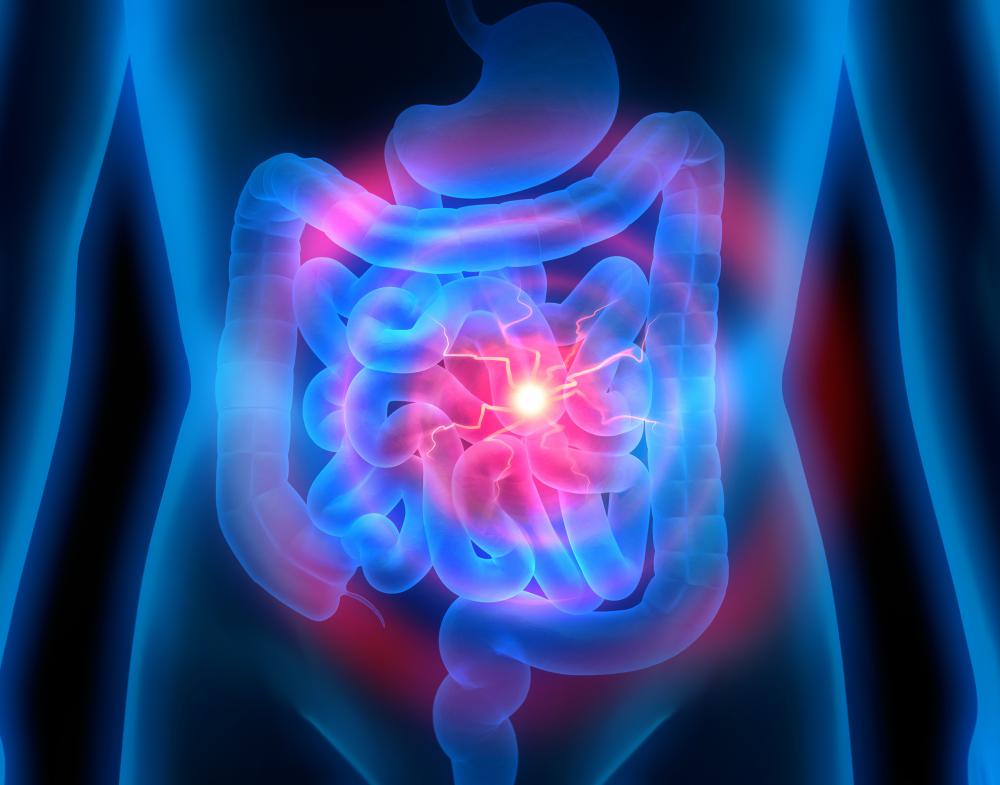At TheHealthBoard, we're committed to delivering accurate, trustworthy information. Our expert-authored content is rigorously fact-checked and sourced from credible authorities. Discover how we uphold the highest standards in providing you with reliable knowledge.
What is Fructose Intolerance?
The term fructose intolerance is used to refer to both hereditary fructose intolerance as well as fructose malabsorption. Hereditary fructose intolerance results in an inability of the body to digest fructose, because the appropriate liver enzymes are not able to break down fruit sugar. Fructose malabsorption was previously incorrectly referred to as fructose intolerance, but it is not the same condition. Fructose malabsorption refers to a condition in which intestinal cells needed to absorb the fructose are deficient.
Hereditary fructose intolerance occurs when the enzyme fructose-1-phosphate aldolase activity is deficient. Since it cannot be properly digested, fructose builds up in the liver, kidney, and small intestine. People suffering from this condition may experience abdominal pain, vomiting, nausea, excessive sweating, and hypoglycemia when fructose is ingested. Fructose is a sugar found in fruits, and those with an intolerance will also have issues digesting regular white sugar, brown sugar, and sorbitol.

Though elimination of foods sweetened with fructose or other sugars will prevent symptoms in most older children and adults, this condition can be life threatening for infants and the elderly. If left undiagnosed, sufferers may experience liver or kidney damage. Since many baby foods contain fructose, it is especially important to watch for signs and symptoms in infants.

Fructose malaborption differs from hereditary fructose intolerance in that those with the condition have no issues with intolerance, but rather the issue is with the absorption step that should occur in the intestine. Unabsorbed fructose builds up in the intestine when the intestinal cells responsible for absorption are not functioning. Instead, bacteria in the lower intestine must metabolize the fructose which produces hydrogen and/or methane gas. This causes gas, bloating, and diarrhea that can last from several hours to several days.

Another symptom of fructose malabsorption occurs a few days after fructose is ingested. The fructose built up in the lower intestine may bond with tryptophan, so that it is also prevented from being absorbed. Tryptophan is an amino acid that produces melotonin and serotonin. Melotonin helps regulate sleep, and serotonin is associated with mood. The lack of these neurotransmitters can cause sleep issues, difficulty concentrating, fatigue, irritability, anxiety, and depression.

To treat malabsorption, fructose must first be completely eliminated from the diet. Then, after a month or so, small portions of foods containing fructose may be added back into the diet. Each person will have a different reaction to the amount of fructose that is ingested, so one must gauge how much fructose can be allowed in the diet before symptoms will return.
AS FEATURED ON:
AS FEATURED ON:















Discussion Comments
this is me in a nutshell. Four years being sick and I have panic attacks constantly. right now I'm trying to increase my serotonin levels naturally. Nausea/anxiety/insomnia/IBS. fun stuff.
Just tried antidepressants but they just made me more sick.
Post your comments